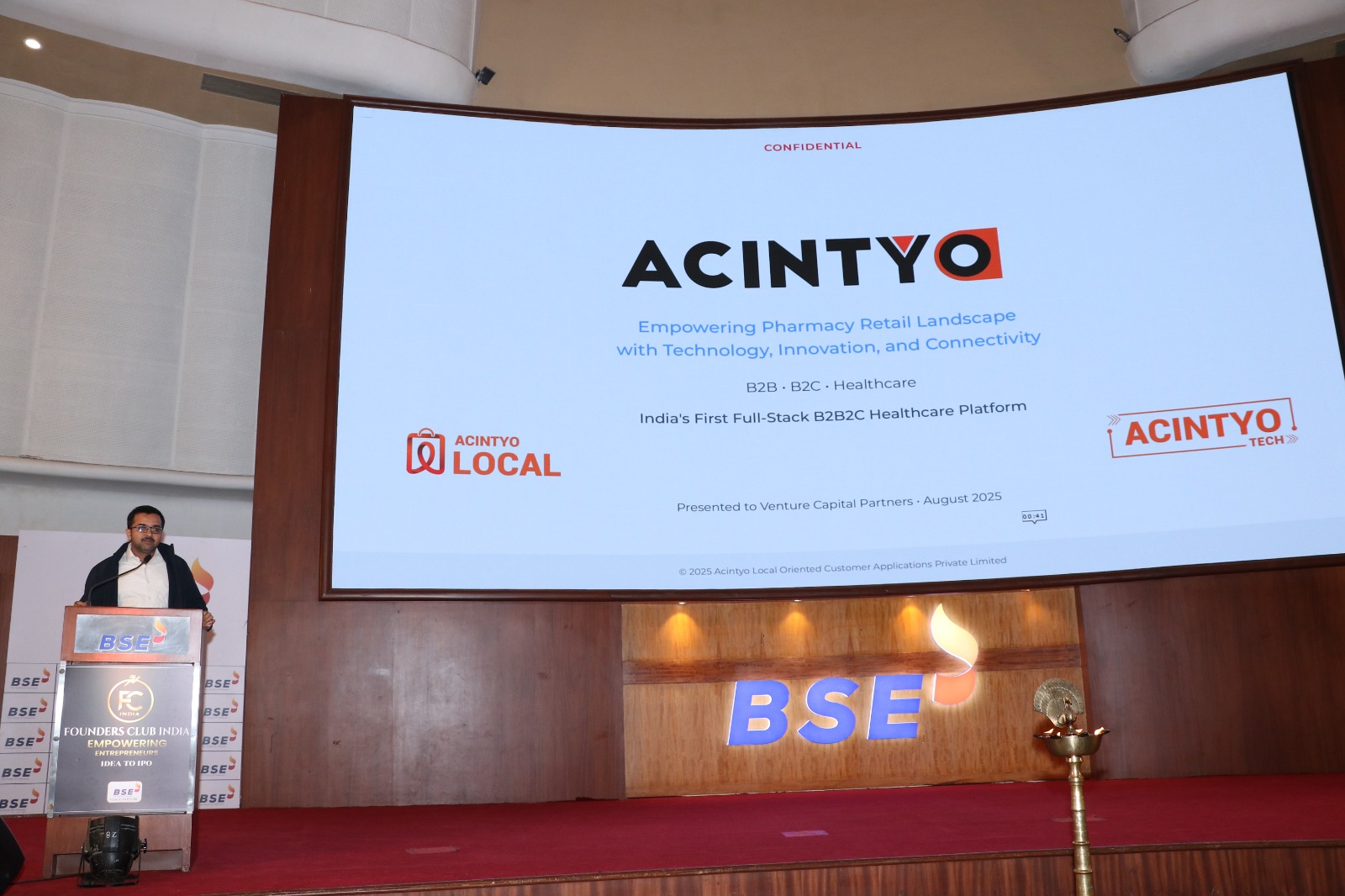Risk Weighting Slows Unsecured Loan Growth
The Reserve Bank of India (RBI) has increased the risk weights for unsecured loans, including personal loans and credit card receivables. This regulatory change aims to curb the rapid growth of unsecured lending and mitigate potential risks. The move has led to a deceleration in the growth of unsecured loans, impacting both banks and non-banking financial companies (NBFCs). This article explores the implications of the new risk weights on unsecured loan growth, bank strategies, and the broader lending landscape

- RBI’s Regulatory Changes
- The RBI has increased the risk weights for unsecured consumer credit from 100% to 125% and for credit card receivables from 125% to 150%. This adjustment is intended to enhance the financial stability of banks and NBFCs by ensuring they hold more capital against these higher-risk loans.
- Impact on Loan Growth
- The higher risk weights have led to a slowdown in the growth of unsecured loans. Banks and NBFCs are now more cautious in their lending practices, resulting in stricter loan approval processes and a reduction in the volume of new loans being issued.
- Banking Sector Response
- While the increased risk weights might not immediately affect interest rates, banks are expected to adopt a more conservative approach to lending. This cautious stance is likely to prevent a surge in non-performing assets (NPAs) and ensure better credit quality.
- Long-term Implications
- The RBI’s move is seen as a proactive measure to prevent financial instability. Over time, the higher capital requirements are expected to lead to more sustainable growth in the consumer credit market, reducing the likelihood of defaults and financial distress among borrowers.
Conclusion
The RBI's decision to raise risk weights for unsecured loans is a significant step towards enhancing the resilience of the Indian banking sector. By requiring banks and NBFCs to hold more capital against these high-risk loans, the RBI aims to curb excessive lending and ensure financial stability. This regulatory change, while slowing the growth of unsecured loans, will ultimately promote a more prudent and sustainable lending environment. Borrowers with strong credit profiles may benefit from this cautious approach, while those with weaker credit scores may find it more challenging to secure loans.




































Comments (0)